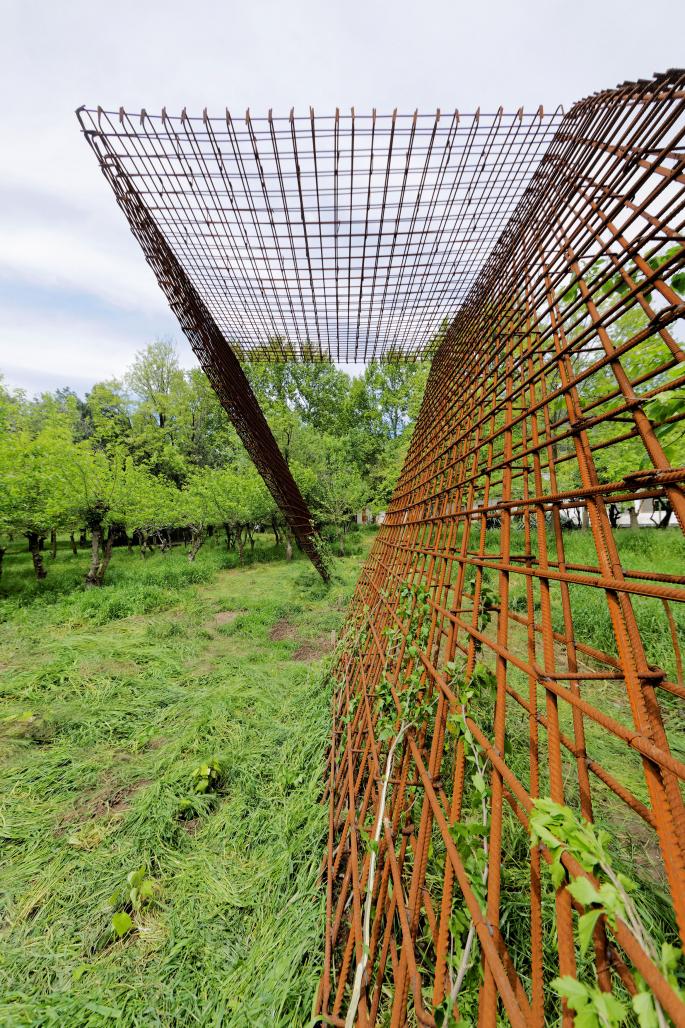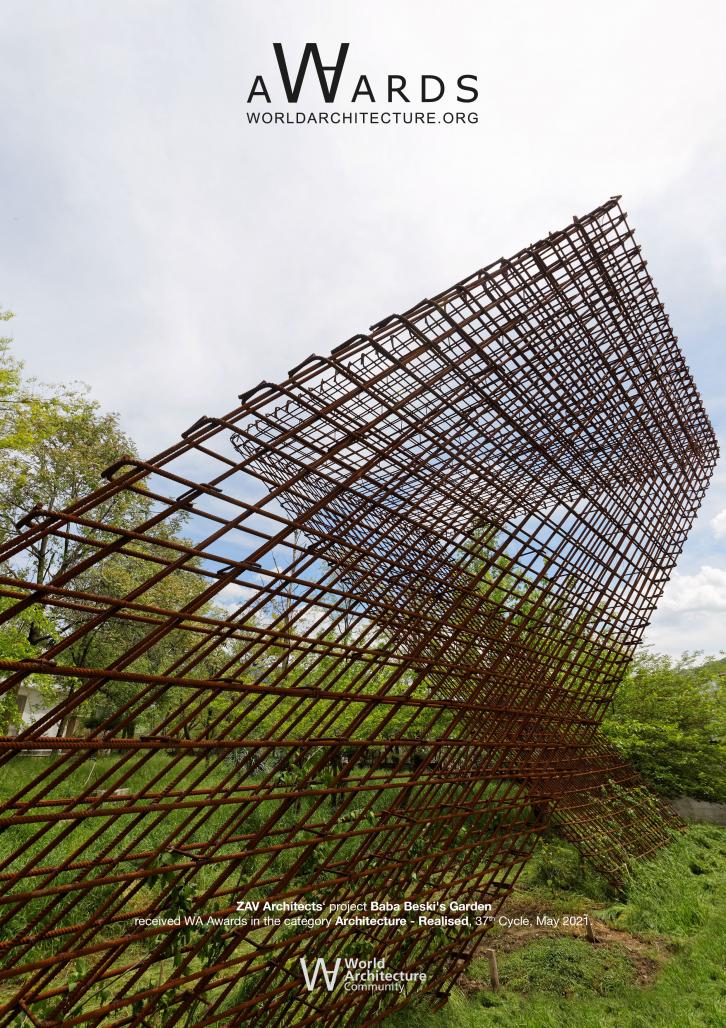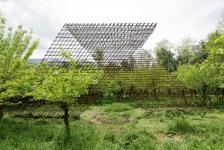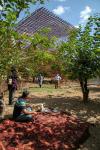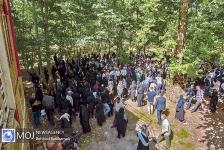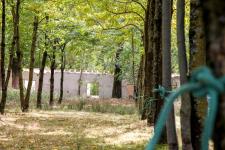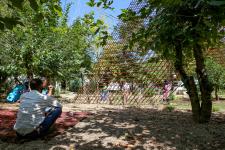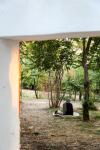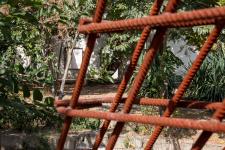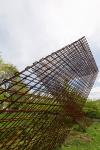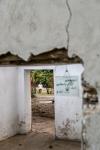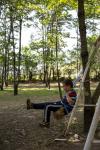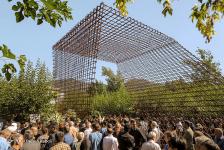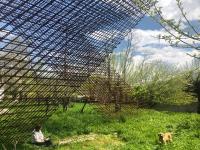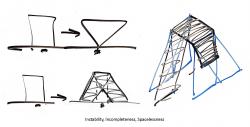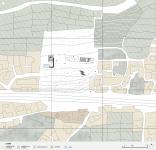Baba Beski’s Garden
Almost everyone in Iran remembers the white-bearded old man that was Baba Beski, aka Dr. Gholamali Beski, appearing on national TV always wearing his signature white clothes, speaking passionately about how natural resources are in immediate danger and how humans ought to live a healthier and a more environmental-friendly life, reciting a few verses of classic Persian poetry along as his eyes got wet with tears. He educated many devotees and disciples over the years. A physician and environmentalist that, during his lifetime, turned into a sort of modern-day mystic Sheikh, he adopted a lifestyle driven by an extreme love for nature and gave up and donated all his belongings for this end.
He spent his days in a large natural private garden in the North of Iran, where his house, a small library and other small facilities were located, and where he hosted his many visitors and friends. After his death his body was buried there according to his will.
Dr. Beski’s immediate family and his companions did not settle on merely executing his will, and the idea was put forward to make the garden a semi-public place of rest and reflection for his many followers. In this way, his tomb would extend from a limited physical point to an idea filling an entire garden, a living monument that embraces his followers, where they can remember him in every corner in a pilgrim-like experience.
Baba Beski’s body is buried next to the spaces of his everyday living. He is thought to be perished but he is also growing into the living texture of vegetation that make the garden be. Whatever is born is subject to decay, and whatever decays is the basis for a new reproduction. There is practically no absolute moment of completeness or nothingness, and the intermediate state of incompleteness is the dominant state in the cycle of life. This vicinity of life and death, this entanglement of two seemingly but not necessarily opposite concepts, is what interested the designers.
In the design process the state of incompleteness is embraced as the ultimate state of being. To make it visible, man-made structures and the natural texture of the garden are suspended in an intermingling limbo of incompleteness, between death and life, and therefore insisting on the perpetual cycle of genesis and degeneration.
The monument of Baba Beski consists of a structure made of woven rebar, conventionally used as the tensile element of reinforced concrete and normally considered unfinished, awaiting its completion. The structure seems unstable at first glance, especially because its two thin standing planes of rebar have an angled position. There is a structural reason behind this: the two planes compensate their lateral forces horizontally, while supporting the top covering vertically. As a result the footprint of the structure has been minimized to two thin baselines, and its appearance displays instability, incompleteness and spacelessness. Later on the structure rusts over time and is covered in and taken over by climbing plants.
Surrounding elements and objects such as access ways, reinforcement of old structures or furniture are all instrumented with incompleteness in the same manner as the monument. Sometimes the existing buildings are intentionally over-exposed to forces of nature to make decay visible. Garden paths are created merely by displacement of soil, so that paths can change over time and be shaped by the steps of pilgrims. As they tie faith ribbons around trees in the garden, frequented paths are marked for future visitors.
2019
2020
The monument of Baba Beski consists of a structure made of woven rebar, conventionally used as the tensile element of reinforced concrete and normally considered unfinished, awaiting its completion. The structure seems unstable at first glance, especially because its two thin standing planes of rebar have an angled position. There is a structural reason behind this: the two planes compensate their lateral forces horizontally, while supporting the top covering vertically. As a result, the footprint of the structure has been minimized to two thin baselines, and its appearance displays instability, incompleteness, and spacelessness. Later on, the structure rusts over time and is covered in and taken over by climbing plants.
Client: Khalil Farshbaf
Lead Architects: Mohammadreza Ghodousi, Fateme Rezaei, Golnaz Bahrami, Fereshteh Assadzadeh
Design Team: Sheila Ehsaei, Sara Jafari, Mohsen Safshekan
Graphic and Illustration: Fereshteh Assadzadeh
Photographers: Soroush Majidi, Fateme Rezaei, Nazanin Zakeri
Supervision: Fateme Rezaei, Sheila Ehsaei
Construction: Khalil Farshbaf
Structure Engineer: Behrang Baniadam
Baba Beski's Garden by ZAV Architects in Iran won the WA Award Cycle 37. Please find below the WA Award poster for this project.
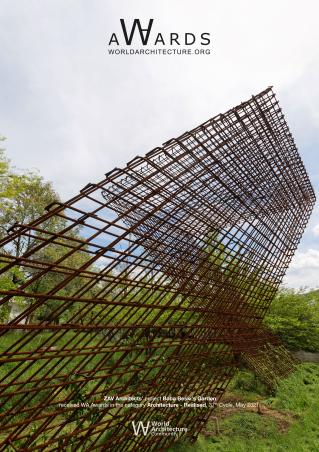
Downloaded 5 times.
